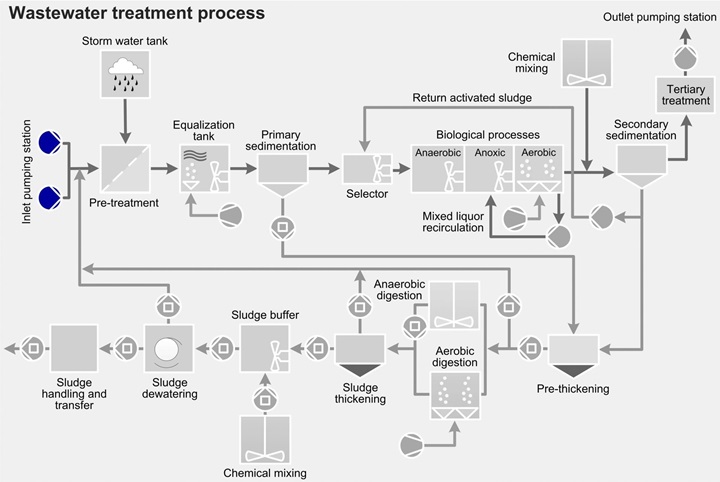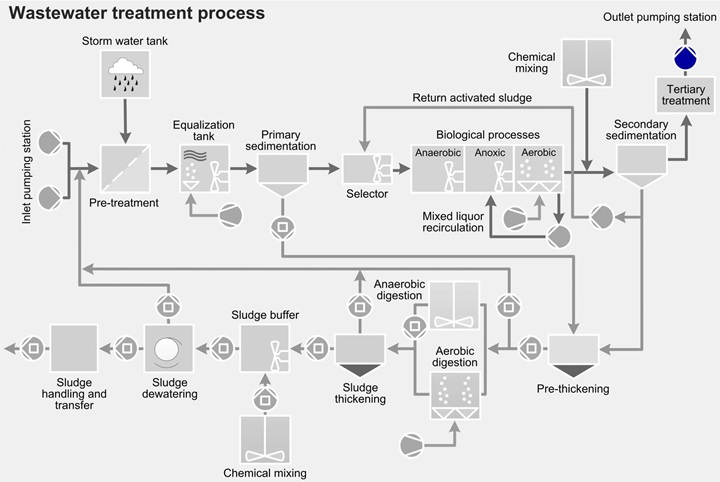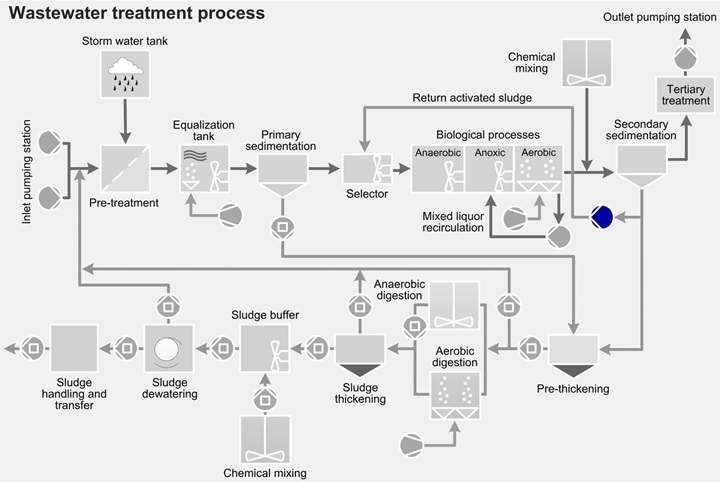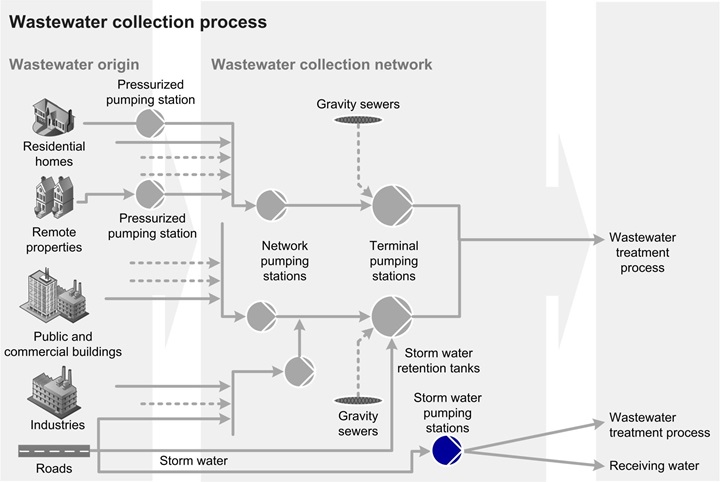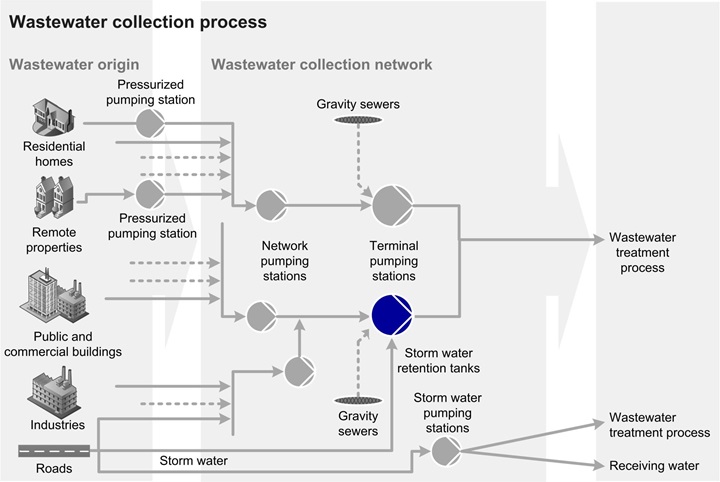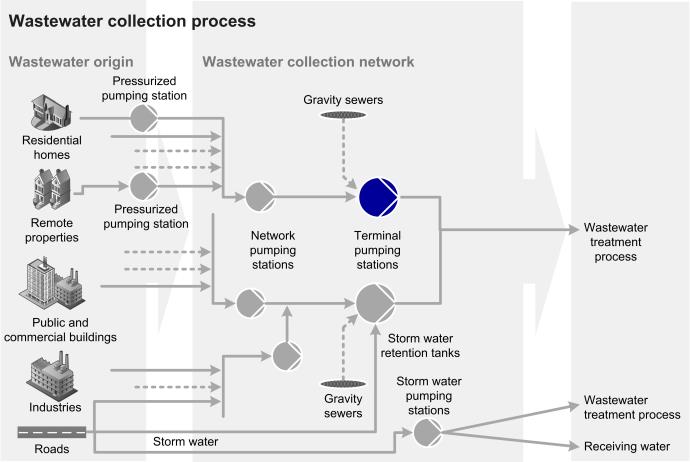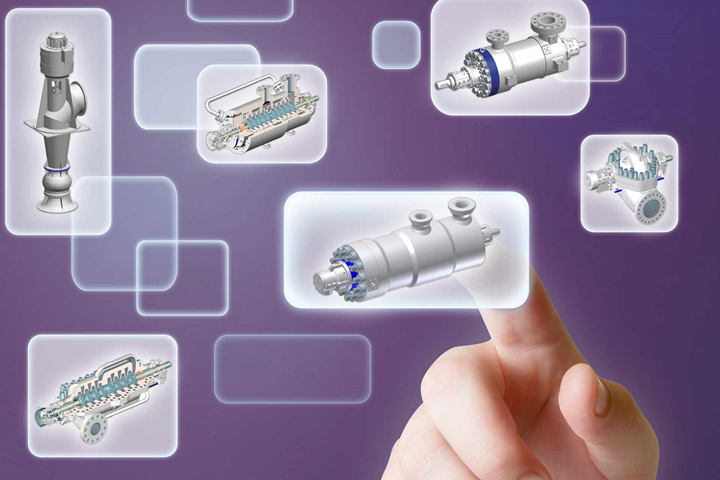- No risk of motor contamination during operation
- No need to enter into dangerous pump sumps
- Pull-out design allows for easy removal of the motor without disconnecting the pump from the pipework
- Ample space inside impeller and volute prevents blockage
- Dry running capability possible with a double seal arrangement for reliable operation
- Used with standard IEC air-cooled motors
Dry installed sewage pump type ABS FR
Clog-free sewage solutions
The FR dry-installed pump enables economical pumping of heavily-polluted sewage and wastewater in municipal and industrial applications. It is ideal for pumping clear water, polluted water, and heavily-polluted sewage in commercial, industrial, and municipal applications.
- Clear water
- Polluted water
- Heavily-polluted sewage containing solids, fecal slurry, and sludge in commercial, industrial, and municipal applications
Main design features
- Back pull-out motor design
- Vertical or horizontal installation
- Double mechanical seals
- Pumps can be supplied with optional equipment where self-priming is required
Key characteristics
| Discharge sizes | DN 150 to DN 800 |
| 50Hz | Max flow: 2,800 l/s Max. head: 80 m |
| 60Hz | Max. flow: 2,800 l/s (45 970 US gpm) Max. head: 120 m (393 ft) |
